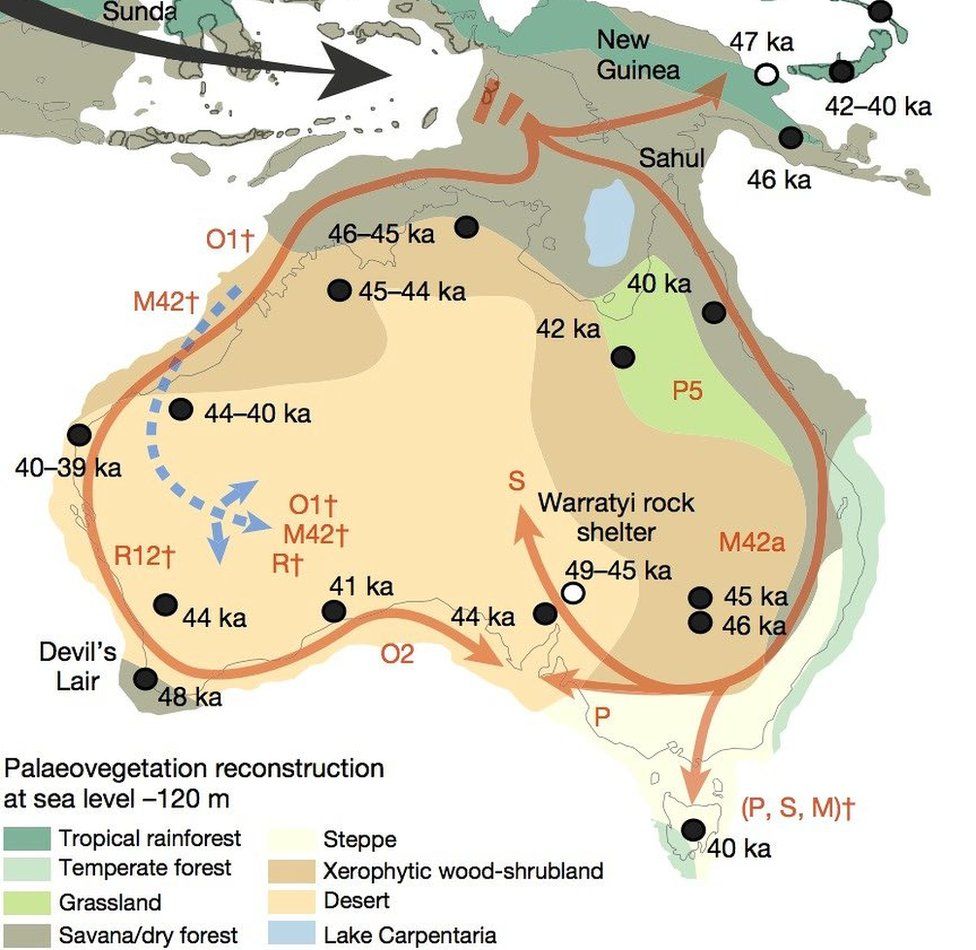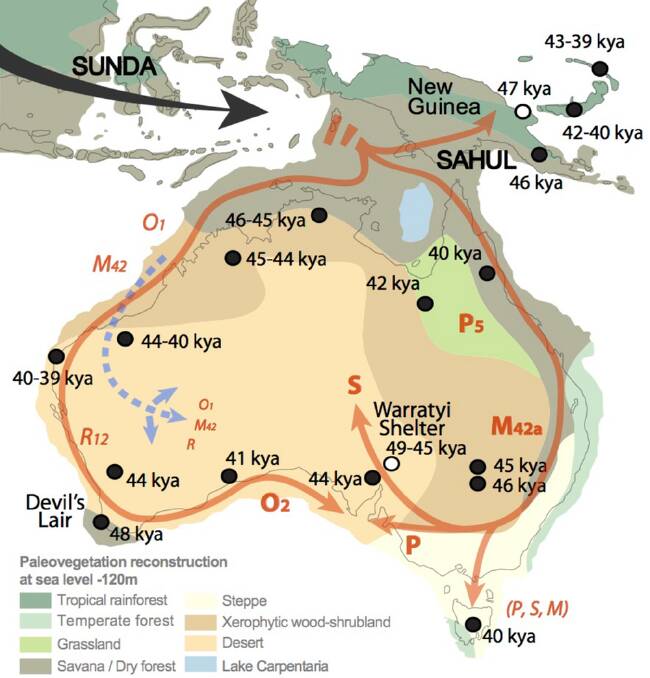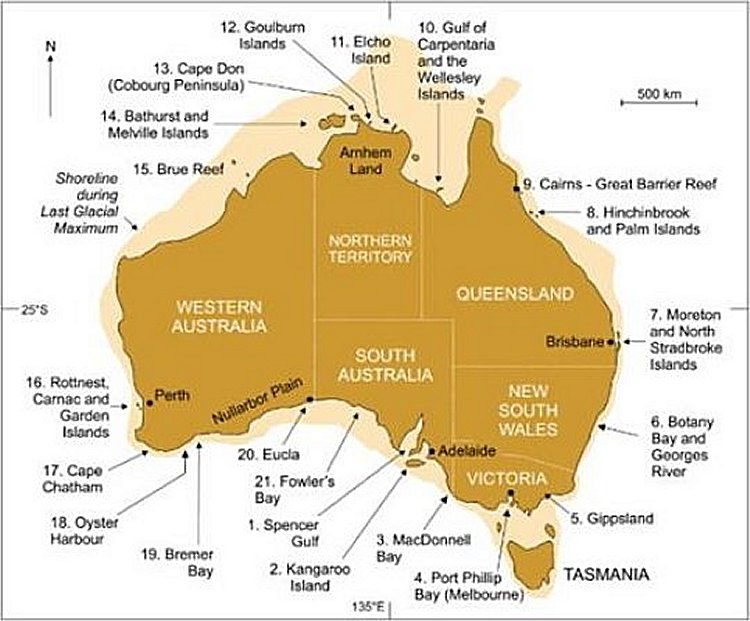Unlocking the Secrets of the Land: A Journey Through Aboriginal Maps
Unlocking the Secrets of the Land: A Journey Through Aboriginal Maps

For centuries, Indigenous Australians have possessed a profound understanding of their land, a knowledge woven into the fabric of their existence. This knowledge, passed down through generations, is not merely a collection of facts but a living, breathing tapestry of cultural identity, ecological wisdom, and spiritual connection. One powerful tool in this knowledge system is the Aboriginal map, a complex and multifaceted representation of the land that defies the limitations of traditional cartography.
Beyond the Lines: The Essence of Aboriginal Maps
Related Articles: Unlocking the Secrets of the Land: A Journey Through Aboriginal Maps
- The Didgeridoo: A Journey Through Sound And Culture
- The Official Language Of Australia: A Deeper Dive Into The Linguistic Landscape
- Uncountable Stars In The Southern Sky: Exploring The Diversity Of Aboriginal Tribes In Australia
- The Animal Kingdom In Aboriginal Art: A Journey Through Symbolism And Storytelling
- A Symphony Of Spirit: Exploring The Instruments Of Indigenous Australia
Western maps, with their emphasis on accurate measurement and precise representation, often fail to capture the true essence of Aboriginal knowledge. Aboriginal maps, on the other hand, are not simply visual tools for navigation. They are dynamic, layered expressions of deep cultural understanding, encompassing not just the physical landscape but also its spiritual significance, ancestral history, and ecological intricacies.
Diverse Forms of Representation:
Aboriginal maps come in a variety of forms, each tailored to specific purposes and cultural contexts. Some common examples include:
- Oral maps: Passed down through generations, these maps are woven into stories, songs, and dances, using a complex system of metaphors, symbols, and mnemonic devices.
- Sand drawings: These ephemeral maps are created using sand, ochre, and other natural materials, often used for storytelling, teaching, and ceremonial purposes.
- Rock art: Ancient rock paintings and engravings often depict landscapes, animals, and significant sites, serving as visual records of ancestral knowledge.
- Land management practices: Aboriginal people used their intimate knowledge of the land to manage resources sustainably, employing techniques like controlled burning and selective harvesting. These practices themselves served as a form of map, guiding generations in their relationship with the environment.

The Language of the Land:
Aboriginal maps are not merely static representations but living, breathing systems of knowledge. They are imbued with the language of the land, a language that speaks of interconnectedness, respect, and responsibility.
- Totemic relationships: Aboriginal people have deep spiritual connections to specific animals, plants, and natural features, which are often incorporated into maps as symbols of identity and responsibility.
- Dreamtime stories: These powerful narratives, passed down through generations, are woven into the fabric of the land, linking people to their ancestors and the spirit world.
- Songlines: These intricate pathways, marked by songs, dances, and stories, connect people to specific locations and ancestral knowledge.

Challenges and Recognition:
For centuries, Aboriginal knowledge systems, including their mapping practices, were dismissed or ignored by European settlers. This disregard led to the loss of invaluable knowledge and the dispossession of Indigenous people from their land. However, in recent decades, there has been a growing recognition of the importance of Aboriginal maps and their contribution to a deeper understanding of the land.

The Power of Indigenous Knowledge:
The resurgence of interest in Aboriginal maps is not simply an academic exercise. It is a powerful act of recognition, reconciliation, and cultural revival. By acknowledging the depth and complexity of Indigenous knowledge systems, we can learn from their wisdom and contribute to a more sustainable and equitable future.
Examples of Aboriginal Maps in Action:
- The Uluru-Kata Tjuta National Park: The traditional owners of Uluru, the Anangu people, have used their knowledge of the land to manage the park sustainably, ensuring the protection of its cultural and ecological significance.
- The Western Australian Desert: Aboriginal communities in the Western Australian Desert continue to use their knowledge of the land for resource management, navigation, and cultural practices.
- The Torres Strait Islands: The Torres Strait Islanders have a rich tradition of maritime knowledge, using maps and navigation techniques to navigate the complex waters of the Torres Strait.
Moving Forward: A Shared Future:
The recognition and revitalization of Aboriginal maps are crucial steps in bridging the gap between Indigenous and non-Indigenous knowledge systems. By embracing the wisdom of the land, we can foster a deeper understanding of the interconnectedness of all living beings and work towards a more sustainable and equitable future.
FAQ about Aboriginal Maps:
1. What is the difference between Aboriginal maps and Western maps?
Aboriginal maps are not simply representations of the physical landscape but also encompass cultural, spiritual, and ecological knowledge. They are dynamic and layered, reflecting a deep understanding of the land’s interconnectedness. Western maps, on the other hand, focus on accurate measurement and precise representation of the physical world.
2. What are some examples of different types of Aboriginal maps?
Aboriginal maps come in various forms, including oral maps, sand drawings, rock art, and land management practices. Each form serves specific purposes and reflects the unique cultural context of the community.
3. How are Aboriginal maps used today?
Aboriginal maps continue to be used for navigation, resource management, cultural practices, and education. They are also increasingly being used in collaboration with scientists and researchers to understand the land’s ecological processes and develop sustainable management strategies.
4. Why is it important to recognize and respect Aboriginal maps?
Recognizing Aboriginal maps is an act of acknowledging the deep knowledge and wisdom of Indigenous people. It is also essential for reconciliation and cultural revival, as well as for developing a more sustainable and equitable relationship with the land.
5. How can I learn more about Aboriginal maps?
There are many resources available to learn more about Aboriginal maps, including books, documentaries, websites, and museums. You can also connect with local Indigenous communities and organizations to learn about their unique mapping practices and cultural knowledge.
Conclusion:
Aboriginal maps are not just historical artifacts but living expressions of knowledge, wisdom, and cultural identity. By understanding and respecting their multifaceted nature, we can gain a deeper appreciation for the land and its interconnectedness, contributing to a more sustainable and equitable future for all.

Closure
Thus, we hope this article has provided valuable insights into Unlocking the Secrets of the Land: A Journey Through Aboriginal Maps. We hope you find this article informative and beneficial. See you in our next article!